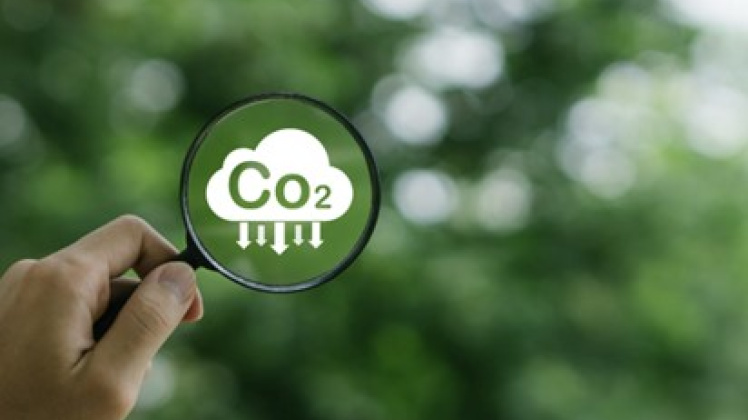About
Molecular activation is important not only in chemical systems but also in more complex biological systems. One of the most important players in molecular activation is carbon dioxide due to its crucial role in the environment with consequences for the climate and heating the earth’s surface by trapping infrared radiation in the atmosphere. Unfortunately, the expansion of human population and the energy demand resulting from there, derived in an increase of carbon dioxide concentration unbalancing the earth’s carbon cycle, thus affecting the energy balance of the planet. As a result, scientists have struggled to reduce CO2 into added value chemical such as carbon monoxide, formic acid, methane and methanol that can be used as fuels. Catalysis has been the most attractive approach with a recent scientific interest increase in the catalytic CO2 photoreduction, as light is a sustainable electron source essential for the conversion – artificial photosynthesis. Although there have been many efforts in finding new compounds that catalyse CO2, the implementation of these systems in an industrial scale remains stagnated. This research project addresses this problem and wishes to help industries solving their huge amounts of carbon dioxide releases by transforming this gas into other with added economic value, namely methane. For that, optimisation of catalytic conditions and carbon dioxide conversion are addressed followed by scale-up implementation and pilot development.
We have previously reported a metal cryptate that can capture and convert CO2 into carbon monoxide and methane triggered by visible light and we now aim at transfering this catalytic system from the lab to the pilot scale. To achieve this goal, the project is divided in four parts, part one being dedicated to the synthesis and characterisation of the homo and hetero-binuclear metal cryptates, part two is committed to the optimisation of the catalytic process of carbon dioxide reduction, using different photoreduction setups and reaction media (e.g. ionic liquids). Part three includes a joint effort of both experimental and computational chemists to find a fully optimised catalyst. Finally, part four consists of scale-up procedures and strategies for pilot implementation together with technical and economical assessments.


